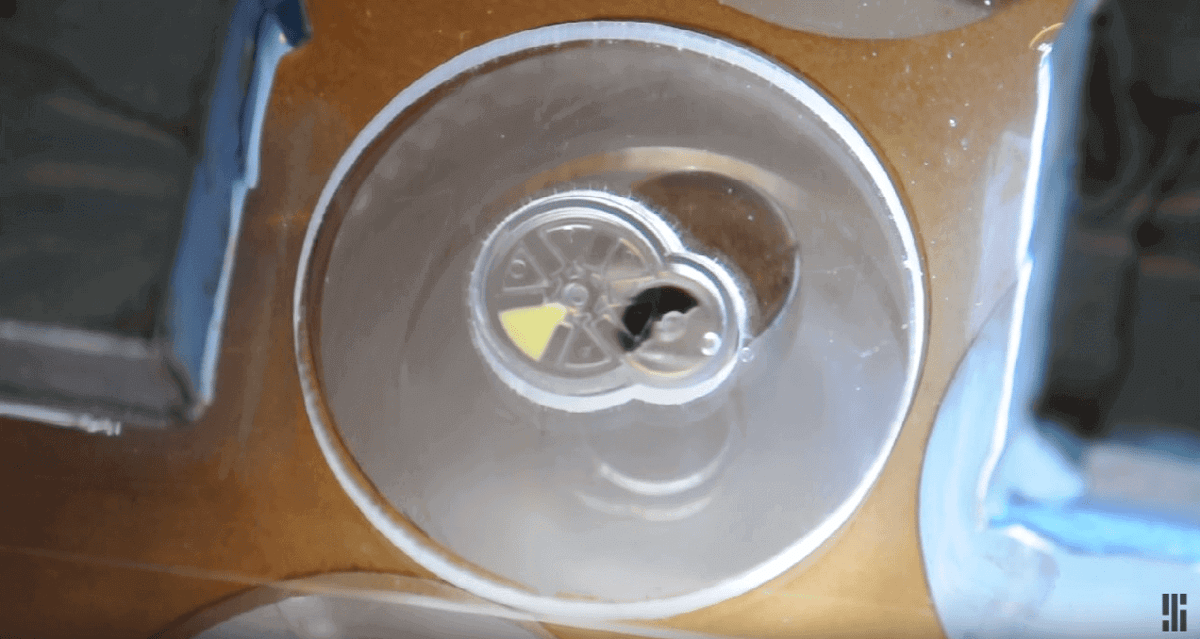Scientists from Columbia University have developed 3D printed hydrogel-based biobots that navigate through the body and directly deliver medication via external magnets.
3D printing has played an increasingly critical role in the medical field, particularly with the rise of bioprinting and the potential to offer more effective patient-specific treatments.
A team of scientists recently created a miniaturized 3D printed biobot capable of navigating through the body and delivering doses of medical drugs directly to the area that necessitates it. Instead of using wires or batteries, this micro-device is activated and controlled by an external magnet, engineered to deliver localized chemo medication to treat tumors.
The 3D printed biobot is composed of hydrogel, a soft and highly resistant material that is widely used in the medical field. The system is also equipped with a Geneva drive, a gear mechanism that allows one of the biobot’s six chambers to be filled with drugs doses and distributed to specific areas in the body. The Columbia University-based research team published their findings in the academic journal Science Robotics earlier this week.
Medication for Mice (And Someday for Man)
While the 3D printed biobot has yet to be used in human clinical trials, the research team found immense success treating laboratory mice diagnosed with bone cancer. The device was used on the mice for 10 days and subsequently compared to the results of mice that received typical chemotherapy treatment.
The scientists discovered that the mice treated with the 3D printed biobot saw reduced tumor growth and fewer overall damaged cells compared to subjects treated with standard chemotherapy, which usually medicates the entire body instead of one specific area.
Future Implications of This Technology
Like most innovations in the medical and healthcare industry, there are a number of clinical trials and other hurdles that must be overcome before this treatment is ready for use in human patients. Still, the potential of this soft-bodied micro-robotic technology could soon provide personalized and more effective tumor treatment to human beings.
Just as impressive as the biobot technology’s potential is the ease at which the device is produced. The entire mechanism takes just 30 minutes to 3D print, and measures out to just 0.6 inches long. As 3D bioprinting technology continues to emerge as a viable tool for medical treatment, we can soon expect promising clinical results like these with human patients instead of lab mice.
License: The text of "Tiny 3D Printed Robots Deliver Drug Doses Underneath the Skin" by All3DP is licensed under a Creative Commons Attribution 4.0 International License.

